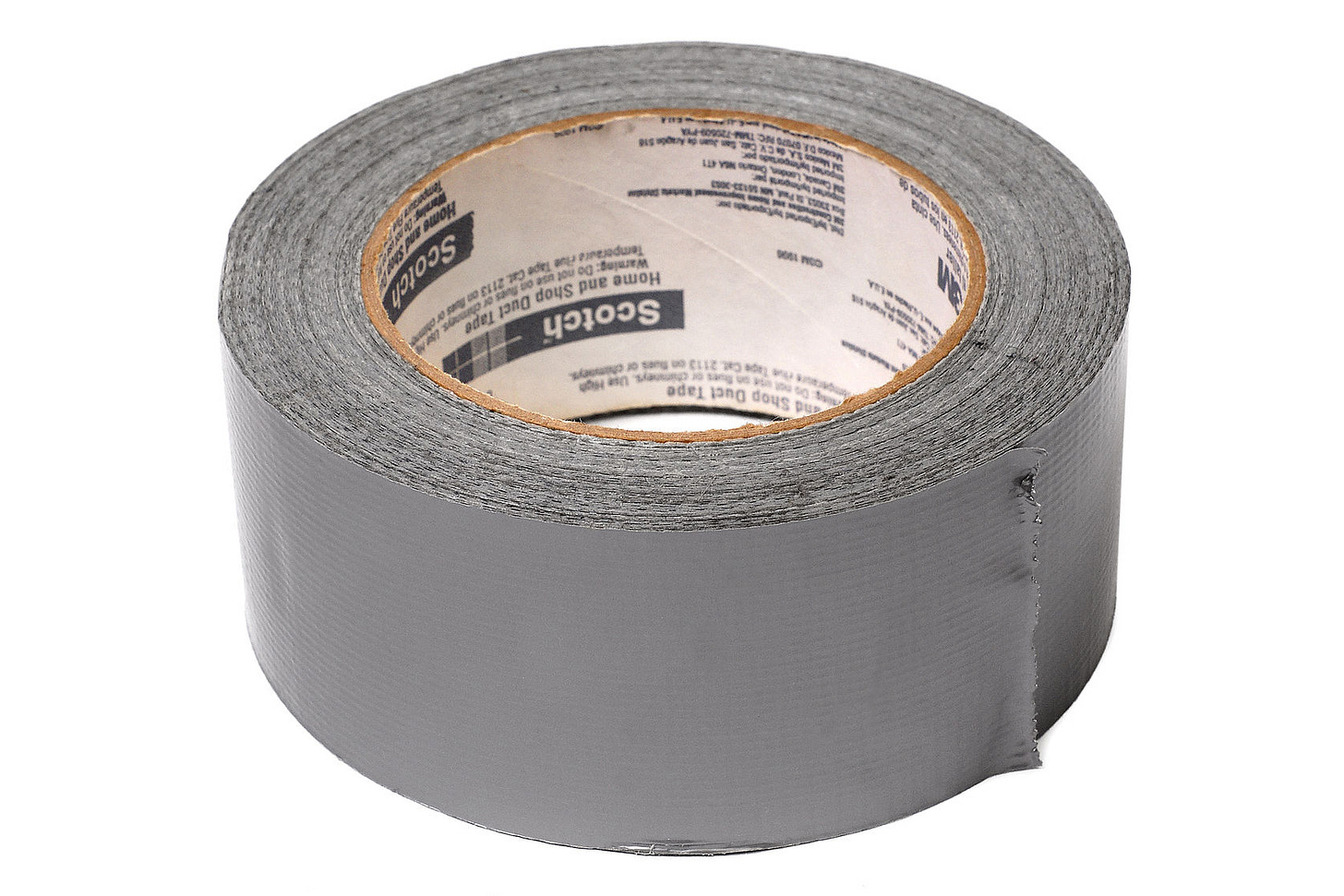Duct Tape
Its versatility as a fix-all tool is legend. Its reputation for saving the day, solving even life-threatening problems, was cemented in 1970 during the Apollo 13 mission.
In 1942, the US military faced a recurring problem: moisture was damaging soldiers’ ammunition cases. Factory worker Vesta Stoudt wrote to President Franklin D. Roosevelt in 1943 with the idea to seal the boxes with a fabric tape. The letter was forwarded to the War Production Board, which put Johnson & Johnson on the job. Their Revolite division had ma…




